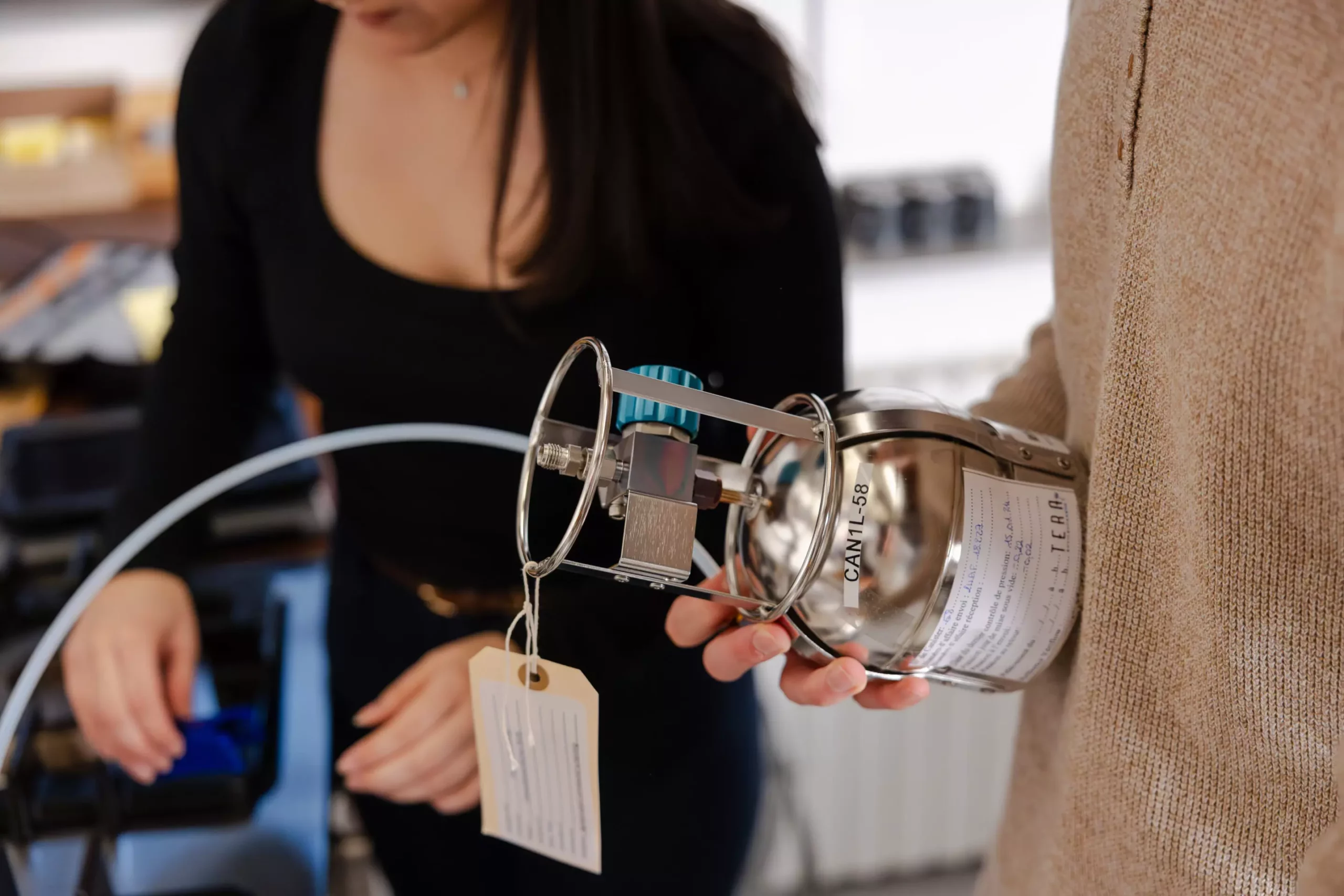Recent research has shed light on the hidden dangers that natural gas leaks pose to indoor air quality. Contrary to popular belief, even individuals with an average sense of smell may be unknowingly exposed to hazardous air pollutants such as benzene. This revelation comes from a study published in Environmental Research Letters, which highlights the prevalence of small gas leaks in residential and commercial settings across North America. Lead author Sebastian Rowland, a Scientist at PSE Healthy Energy, stresses the difficulty in detecting and addressing these elusive leaks, emphasizing the potential long-term health implications associated with continued exposure.
The groundbreaking study conducted by researchers from PSE Healthy Energy and Stanford University involved the collection and analysis of 587 natural gas samples from 481 households in 17 cities. The results revealed alarming levels of benzene present in 97% of the samples, underscoring the widespread nature of the issue. Furthermore, the research team examined the efficacy of odorants in detecting gas leaks and concluded that reliance solely on odor may not be sufficient to safeguard individuals from the health risks posed by gas leaks.
Data from the study indicated significant regional variations in the composition of natural gas, with certain cities exhibiting higher levels of benzene than others. For instance, homes in Vancouver, Los Angeles, Calgary, and Denver were found to have double the benzene levels compared to their counterparts in cities like Boston. The disparity in odorant levels between cities like Houston and Toronto further underscored the lack of standardization in gas composition and odorization practices. These findings raise concerns about the adequacy of current regulations and highlight the need for greater transparency in disclosing natural gas composition data to the public.
The implications of the study go beyond mere data analysis, pointing towards tangible steps that can be taken to mitigate the risks associated with natural gas leaks. Recommendations put forth by the researchers include enhanced leak detection mechanisms, stricter odorization standards, and increased consumer awareness. By addressing these issues proactively, regulators and consumers alike can contribute to improving indoor air quality and safeguarding public health.
The findings of this research underscore the importance of addressing the overlooked issue of natural gas leaks and their impact on indoor air quality. With benzene and other hazardous air pollutants present in the majority of natural gas samples tested, the need for heightened vigilance and regulatory action is evident. By raising awareness about the dangers of gas leaks and advocating for preventive measures, we can create safer and healthier living environments for all.


Leave a Reply